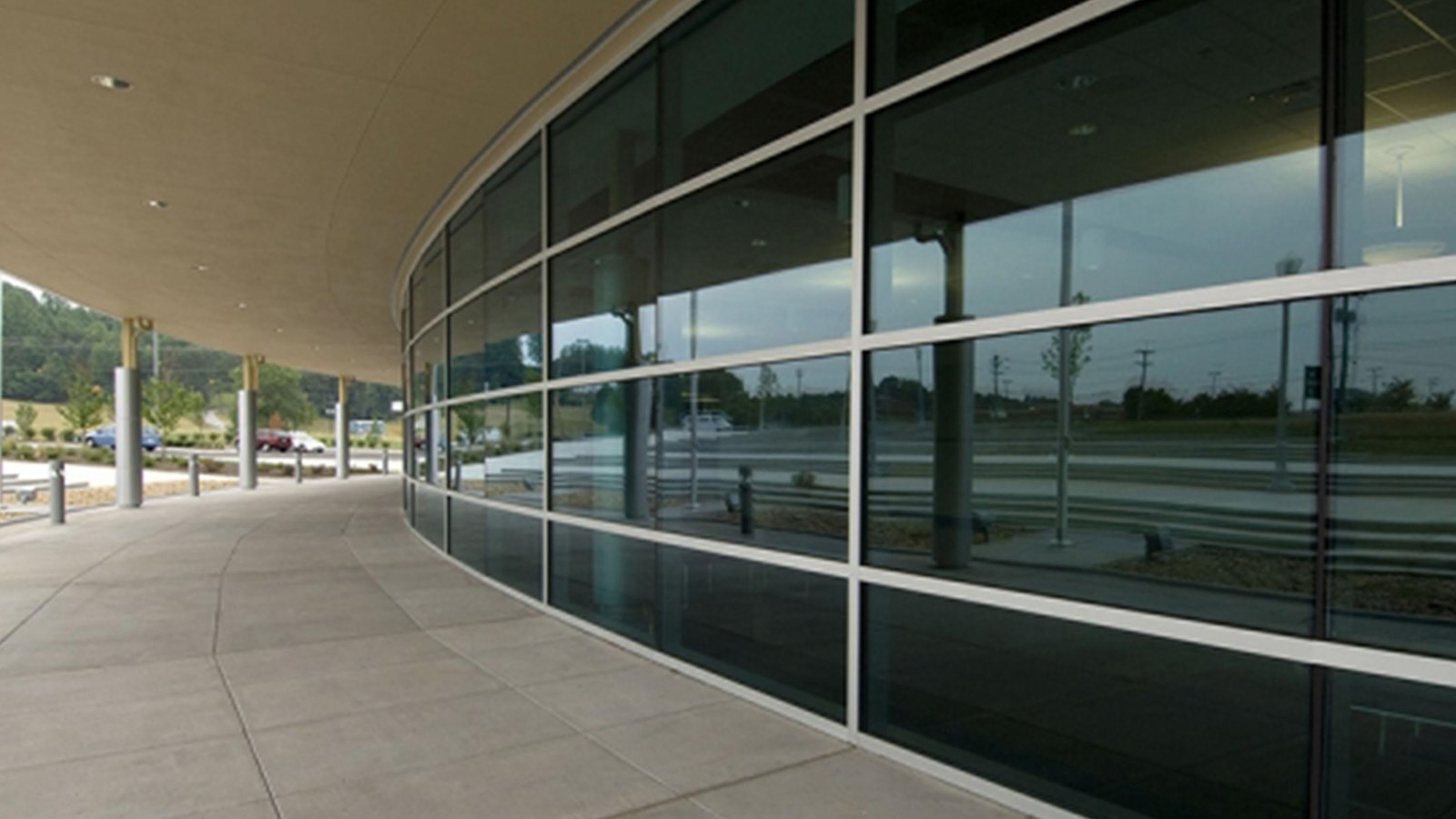Last updated: February 6, 2023
Place
New Hope Visitor Center at Y-12

US DEPARTMENT OF ENERGY
Historical/Interpretive Information/Exhibits, Restroom, Water - Drinking/Potable
The community of Oak Ridge was constructed with one purpose: to produce enriched uranium for atomic weaponry. All facilities, be it a massive electromagnetic diffusion plant such as Y-12 or a security perimeter like the Elza Gatehouse served this purpose. This unique civic mission led the Manhattan Project to construct state-of-the-art industrial facilities such as Y-12, a massive complex designed to separate lighter uranium 235 from heavier uranium 238. Uranium 235 was a primary component in Little Boy, the atomic bomb dropped on Hiroshima, Japan on August 6th, 1945.
The Y-12 Electromagnetic Isotope Separation Plant employed over 20,000 workers during the Manhattan Project, many of whom, including the Calutron Girls, were young people from surrounding communities who had very limited knowledge of the historic undertaking they were a vital part of.
After World War II, Y-12 shifted focus toward helping to ensure a safe and effective U.S. nuclear weapons deterrent. Y-12's current role is to retrieve and store nuclear materials, fuel the nation’s naval nuclear reactors, and collaborate with various government and private-sector organizations.
Continue Your Journey
The New Hope Visitor Center at the Y-12 National Security Complex contains a public interpretive center exploring the history of the Y-12 Plant, one of the original uranium production facilities of the Manhattan Project. Visitors can experience Y-12's rich past by enjoying many historical exhibits, videos, fact sheets, brochures, and postcards in the collections. You can also explore newly developed displays about Y-12’s current and Cold War work to enhance U.S. national security. The New Hope Visitor Center is the only facility at Y-12 open to the general public.
